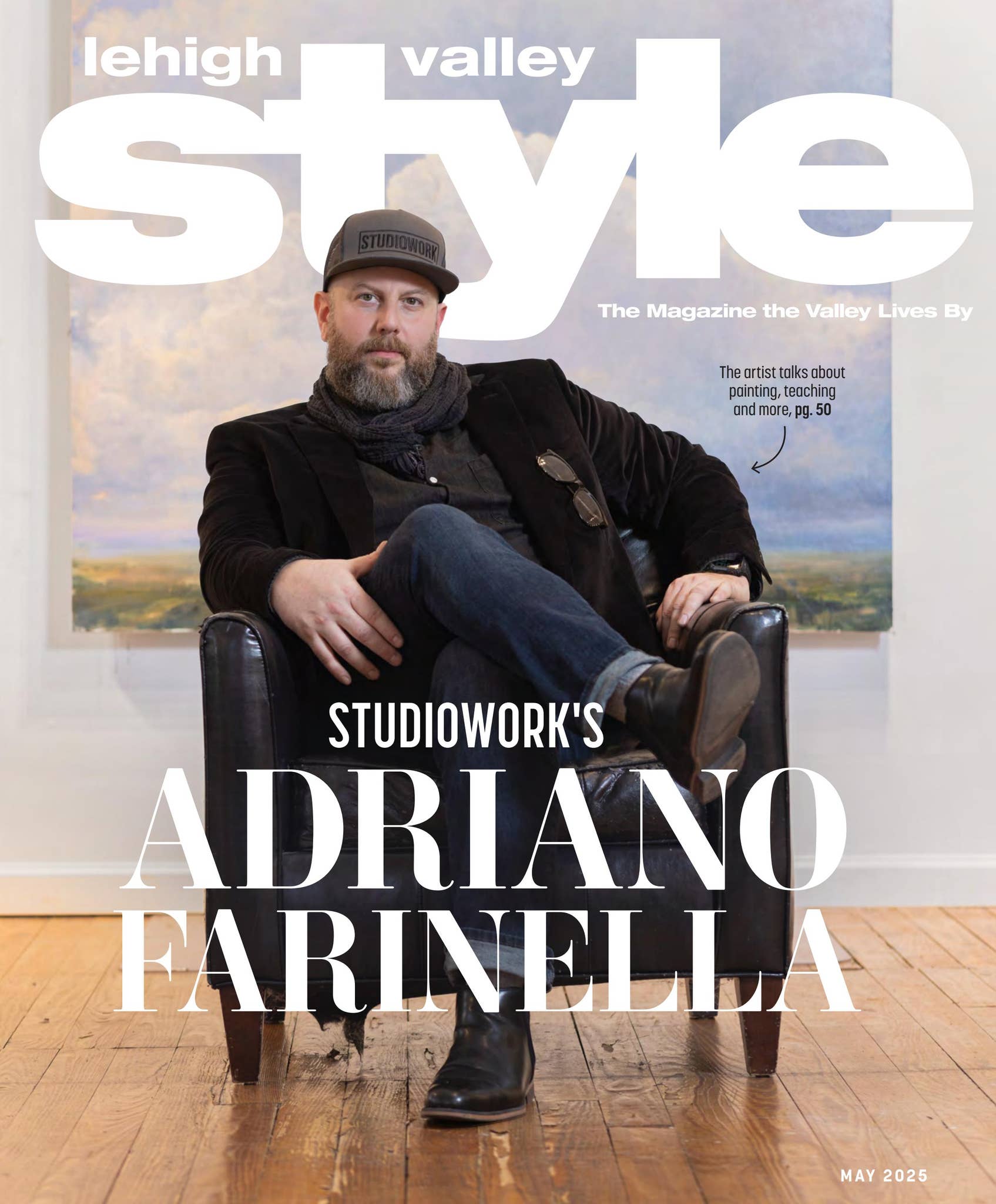
The explosion of raw fermented foods has opened up a treasure chest of flavors and culinary delights along with key health benefits. This nearly forgotten process produces foods rich in probiotics, enzymes, vitamins and minerals and can be an important addition for improved digestion, disease prevention and even mental health.
Back in Time
Fermentation of foods has been recorded as far back as 6000 B.C. and has been utilized in every culture across the globe. Its primary purpose started as food preservation and food safety, but along with that came unrealized added health benefits. The advent of canning—commercial processing using vinegars—and home refrigeration had fermented foods all but disappearing from the American diet. However, recent understanding of the relationship of disease prevention and gut health has brought a resurgence of these nutrient-rich fermented foods.
The Science Behind It
Typically, the fermentation process refers to lacto-fermentation, in which lactic acid-forming bacteria, present in the food or enhanced with a starter culture, feed on the sugar and starch. This creates lactic acid, which, along with salt, promotes an environment for good, healthy bacteria to multiply and prevents pathogens from growing. The results are foods with unique flavor and texture, loaded with a spectrum of beneficial bacteria, enzymes, bioavailable vitamins and minerals.
Fermented Foods 411
Today, the spectrum of fermented foods is vast. Dairy products include the well-known, like yogurt, but also include a lesser-known rising star, kefir. Kefir can be thought of as a drinkable yogurt, but a bit more sour. The sour flavor is a result of higher levels of bacteria breaking down sugar. Kefir contains up to three times as much probiotics as yogurt and much lower levels of sugar. Kefir has moved beyond dairy to now include fermented coconut water kefir.
Raw sauerkraut has found new life and new flavors that can add both a digestive aid and flavor to the plate. Raw “kraut” versions include tasty combinations like red beet and cabbage, smoky kale kraut and curry cauliflower kraut, to name a few.
Kimchi, once only seen in Asian restaurants, has made its way onto the refrigerated shelves as well. A much spicier version of fermented vegetables, kimchi typically contains chili peppers, ginger, garlic and fish sauce. Vegan versions have also become available.
Kombucha, referred to as a “health elixir” in China, is a fermented tea that results in a slightly fizzy, carbonated, tangy beverage. Because of the process, kombucha can contain trace amounts of alcohol.
Have a Healthy Flora
The increased bioavailability of vitamins and minerals is an important benefit of fermented foods. Even more beneficial is the spectrum of good bacteria, often termed probiotics. These probiotics help support the flora of good bacteria in your intestines and body. A healthy gut flora is essential for breaking foods into viable nutrients for the body to absorb. It protects the lining of the intestines, releases anti-inflammatory molecules and prevents pathogens from propagating.
More and more research is connecting physical health, mental health and disease with the health of the flora in your gut. Simply put, your health is dependent on how healthy the flora in your gut is. Gut flora health has a dynamic and powerful relationship with the body's immune system, as well as through gene expression and risk of chronic and acute disease. It also influences the nervous system, depression, anxiety and cognitive function.
Having a diverse healthy flora also helps regulate blood sugar levels and can impact autoimmune conditions, diabetes, obesity and the ability to lose weight.
Is My Gut Healthy?
Chronic stress, medications, dehydration, sugar, artificial sweeteners and exposure to environmental toxins at home or at work all contribute to creating an environment hostile to healthy bacteria and a healthy flora. The result can be inflammation in the gut, limiting the absorption of nutrients and causing a whole cascade of effects on the immune and nervous systems. Antibiotics kill pathogenic bacteria and viruses, but also the good bacteria. That is why oftentimes after a round of antibiotics, yeast infections follow. The good flora has been killed off enabling more opportunistic yeasts to multiply.
Repopulating the trillions of microbes in the gut takes time and ongoing effort. Fermented foods could be an additional source of support.
Finding Fermented Foods
Fermented foods are live and need a cool environment to survive. Look for them in the refrigerated section with labels that include the words “raw,” “fermented” and oftentimes “live cultures.” If it is canned or pasteurized, there are no live beneficial bacteria and enzymes. Also, pickled doesn't necessarily mean fermented. When vinegar is on the ingredient list, it's a sure sign that the product is not fermented.
Making fermented foods at home can be economical and fun, while also giving you direct control over the quality of the ingredients. A good starting point is utilizing organic, non-GMO or locally farmed produce or dairy. For making dairy or teas, consider using the starter cultures now available in grocery stores and online.
Don't Overdo It
Just because something is good for you doesn't mean more is better. Fermented foods are a supplement to a healthy diet, not a whole food group. Start slowly; introduce a small serving like a tablespoon of raw sauerkraut or kimchi to a meal. Explore different types of fermented foods, as it will broaden the spectrum of healthy bacteria. Yogurt typically contains only one or two strains of bacteria. There are 300 to 500 species in the complex ecosystem of the gut, so don't stick to just one type of fermented product.
If you are dealing with a yeast infection like candida, you may want to stick with foods that you ferment yourself, controlling which bacteria strains you use. Kombucha is often made from wild strains of yeast and may be counter to eliminating the candida overgrowth.
The return of raw fermented foods is not only a culinary score for the taste buds, but an easy addition to support our often beleaguered gut. Small additions to the diet, along with healthy lifestyle choices, can go a long way towards better health.















